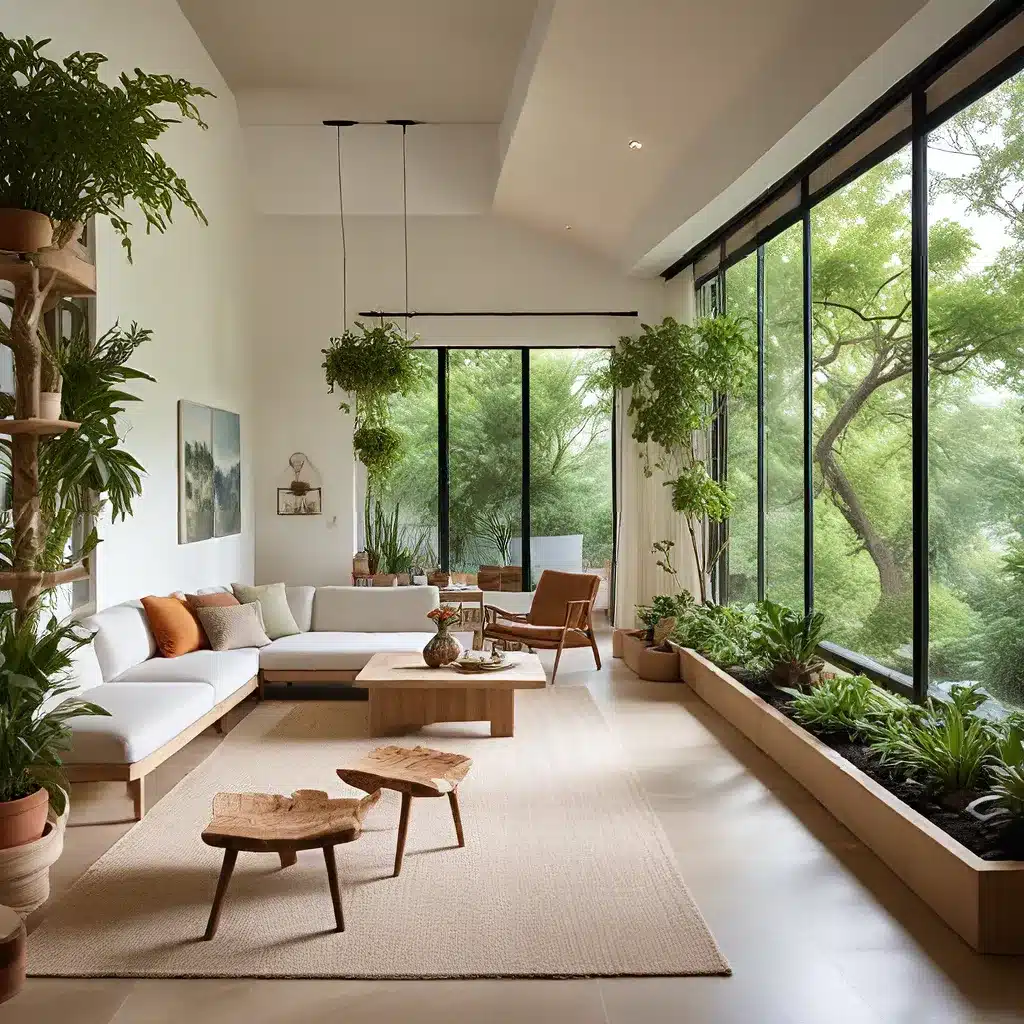
In our ever-evolving world, where environmental consciousness and inclusive design are becoming increasingly paramount, the need for sustainable and universally accessible living spaces has never been more pressing. As we strive to create homes that not only cater to our diverse needs but also tread lightly on our planet, the intersection of Universal Design and sustainable living principles offers a transformative path forward.
Harmonizing Accessibility and Sustainability
Universal Design, a concept that has revolutionized the way we approach living spaces, is not merely about enhancing functionality and accommodating a wide range of abilities. It is also about harmonizing these design principles with our ecological aspirations. By integrating Universal Design with sustainability, we can craft environments that are as kind to the earth as they are accommodating and beautiful.
At the heart of this harmonious approach are principles that guide the creation of spaces that are both accessible and environmentally conscious. From optimizing energy use through smart technologies to selecting sustainable materials, these design strategies ensure that our homes become sanctuaries of inclusivity and models of environmental stewardship.
Optimizing Energy Efficiency
Energy efficiency is a crucial component of sustainable living, and it aligns seamlessly with Universal Design principles. Incorporating smart home systems that adapt to usage and conserve energy not only reduces our ecological footprint but also enhances the comfort and usability of a space for all occupants.
By designing homes that prioritize energy efficiency, we not only contribute to a greener future but also create spaces that are more comfortable, adaptable, and accessible for all.
Sustainable Material Selection
Selecting sustainable and environmentally-friendly materials is another cornerstone of conscious design. From locally sourced, renewable resources to non-toxic, low-impact materials, every choice reflects a deep respect for the earth.
By incorporating sustainable materials, designers not only reduce the environmental impact of a project but also create durable, long-lasting spaces that can adapt to the changing needs of their occupants over time, minimizing the need for frequent updates and waste.
Water Conservation and Indoor Environmental Quality
Water conservation and indoor environmental quality are equally important considerations in sustainable design. Integrating water-saving technologies, such as rainwater harvesting systems and grey water recycling, not only enhances the ecological footprint of a home but also contributes to its adaptability and accessibility.
Alongside water conservation, a focus on indoor environmental quality, including good air quality, ample natural light, and reduced noise, benefits all occupants. The use of non-toxic materials and design strategies that maximize natural lighting and ventilation create healthier, more sustainable home environments.
Flexible and Durable Design
A key tenet of sustainable design is the principle of flexibility and durability. Homes that can evolve with the changing needs of their occupants, without significant remodeling or waste of materials, embody the essence of sustainability.
By incorporating durable materials and designing for adaptability, sustainable-minded designers create living spaces that remain relevant and functional over time, reducing the need for frequent updates and minimizing waste.
The Rise of Nature-Inspired, Neuroscience-Driven Design
As the demand for sustainable and inclusive design continues to grow, a new wave of interior designers is leading the charge. One such visionary is Renee Carman, the founder of Mandeville Canyon Designs, who specializes in nature-inspired, neuroscience-driven spaces that promote health, well-being, and harmony.
Renee’s unique design philosophy is rooted in understanding the profound impact a well-designed environment can have on the human mind and body. By incorporating principles of mindfulness, meditation, and gratitude into her work, Renee creates aesthetically pleasing, calming, and environmentally conscious spaces that cater to the physical, mental, and emotional needs of her clients.
By blending Universal Design principles with sustainable living and a deep understanding of human neuroscience, designers like Renee are revolutionizing the way we approach interior design, creating spaces that not only cater to our diverse needs but also nourish our minds and souls.
Crafting Ecosystems for Conscious Living
As we navigate the challenges of the 21st century, the integration of Universal Design and sustainable living principles offers a transformative path forward. By crafting living spaces that are inclusive, functional, and environmentally responsible, we can create sanctuaries that uplift humanity and pay homage to the earth.
In doing so, we collectively embark on a journey to a greener, more accessible world, where the environment we cherish and the homes we love are in harmonious coexistence, celebrating the beauty of living sustainably with Universal Design principles.
Whether you’re a homeowner seeking to transform your living space or a design enthusiast eager to explore the latest trends, the integration of sustainability and accessibility offers a compelling and responsible approach to interior design. By embracing these principles, we can create conscious spaces that nourish our bodies, minds, and the planet we call home.
So, let us venture forth, guided by the vision of a future where our homes become not just shelters, but ecosystems that uplift our collective well-being and champion our shared responsibility to the earth. Together, let us craft the conscious spaces of tomorrow, where mindful living and sustainable design converge, paving the way for a greener, more inclusive world.

